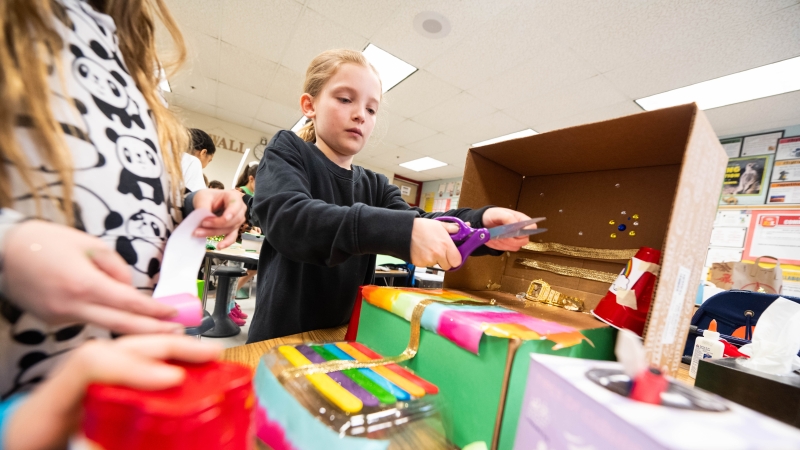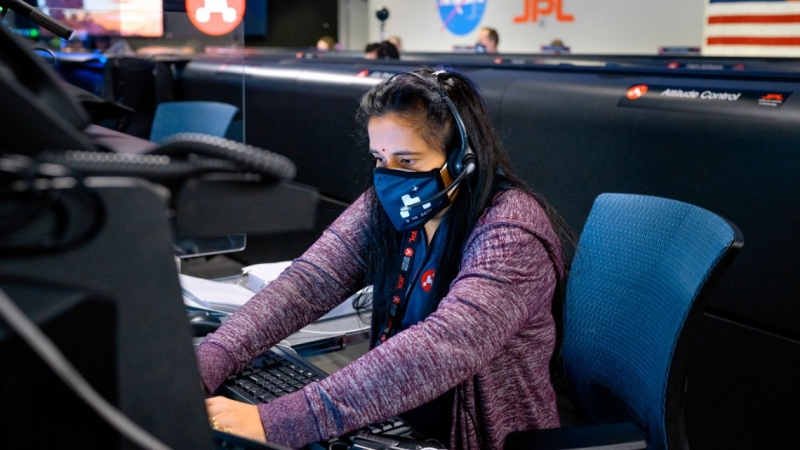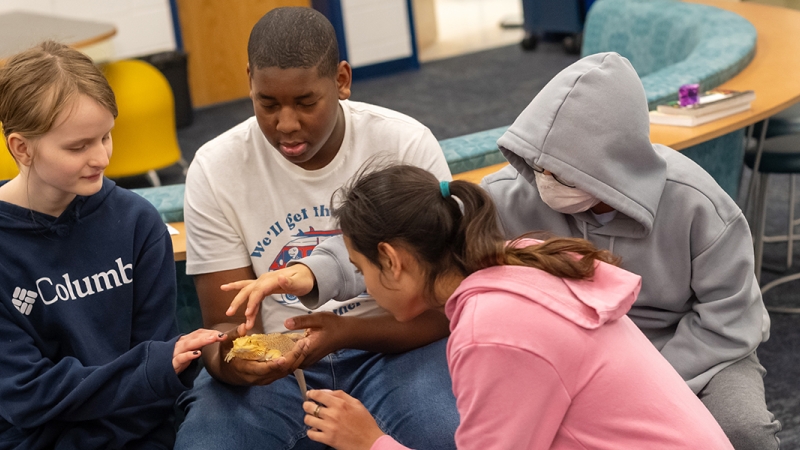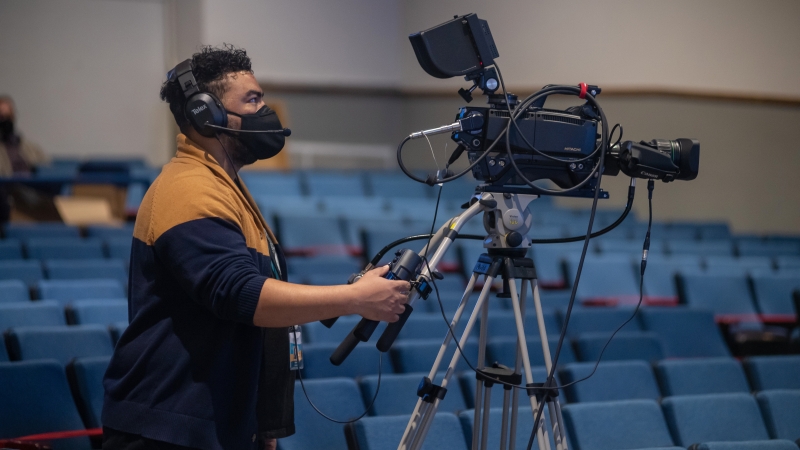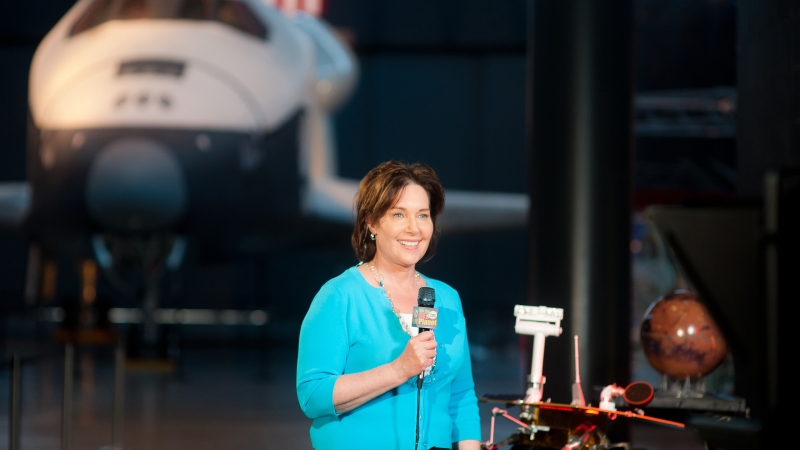
🚀 Honoring the Legacy of Katherine Johnson and Women’s History Month
Photo: Courtesy of NASA.
Katherine Johnson was a mathematician and aerospace technologist. She worked at the National Aeronautics and Space Administration (NASA) until her retirement in 1986. At NASA, Johnson was well known for her calculations of orbital mechanics, which were critical to the success of the first and subsequent U.S. crewed spaceflights.
Katherine and two other African American female mathematicians, Dorothy Vaughan and Mary Jackson, were instrumental in helping the United States win the “Space Race.” These brilliant women overcame discrimination and racial segregation at NASA while working as human computers, helping to solve problems for engineers. Their stories inspired the book Hidden Figures, which was followed by a movie adaption in 2016.
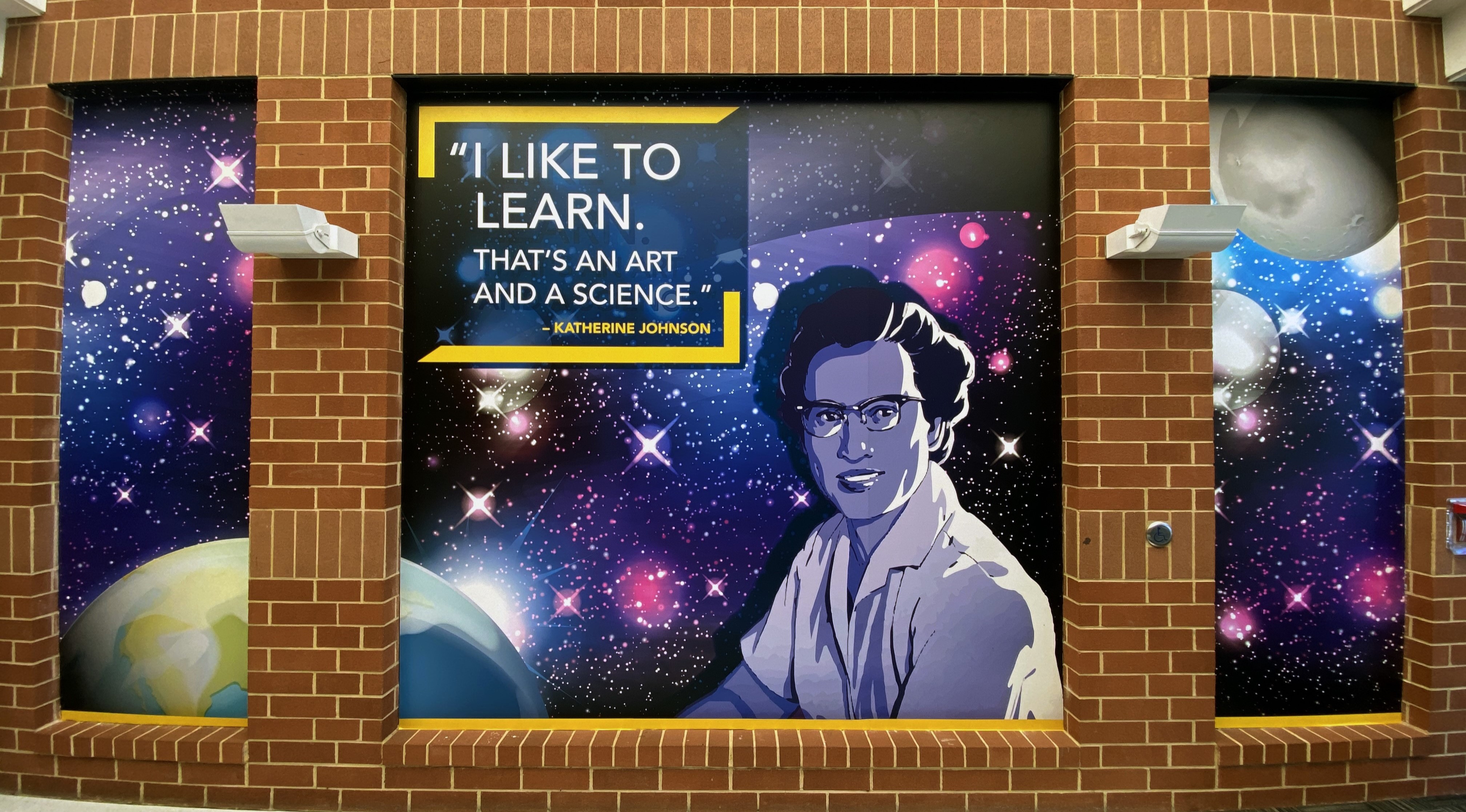
Creola Katherine Johnson was born on August 26, 1918, in White Sulpher Springs, West Virginia. Katherine was fascinated by math and numbers from a very young age. She went on to study mathematics at West Virginia State University. When West Virginia decided to quietly integrate its graduate schools in 1939, Johnson enrolled in West Virginia University. She was selected, along with two men, to be the first Black students offered spots at the school.
In 1953, before electronic computers were used, the National Advisory Committee for Aeronautics (NACA) hired Johnson to work in the Flight Research Division. Her role was to perform mathematical computations related to aircraft flight tests.
In 1958, amid the “Space Race” between the United States and the Soviet Union, NACA disbanded as NASA was formed. This new agency absorbed the Flight Research Division where Johnson worked.
By this time, Johnson had developed an interest in calculating the orbital trajectories of spacecraft and satellites. In 1959, she calculated the trajectory for Alan Shephard’s May 1961 mission Freedom 7 — America’s first human spaceflight.
In 1960, Johnson co-authored a report that laid out the equations describing an orbital spaceflight in which the landing position of the spacecraft is specified. This was the first time a woman in the Flight Research Division received credit for authoring a research report.
In 1962, while NASA prepared for the orbital mission of John Glenn, Friendship 7, he personally asked Johnson to calculate, by hand, the orbital equations used to control the spacecraft's trajectory because he didn’t fully trust NASA’s “electronic calculating machines.” The success of Friendship 7 ultimately paved the way for the Apollo program and humanity’s first steps on the moon.
Throughout her career, Johnson authored or co-authored 26 research reports. She also garnered numerous awards and honorary degrees. In 2015, she received America’s highest civilian honor — the Presidential Medal of Freedom, which was bestowed upon her by then-President Barack Obama.
“[My aunt] is a very humble person who never really let people know about all her accomplishments,” Katherine’s niece Valerie Johnson explained. “Even as a child, I did not understand the magnitude of her work, but as I became an adult, I learned about all of her important contributions to NASA and the world. She was a true trailblazer with many superpowers — passion, perseverance, courage, determination, [and more].”
Valerie worked as a classroom teacher and mathematics specialist for FCPS for 32 years until her retirement in June 2023. “My aunt shared her love of counting, math, and numbers with me,” Valerie said. While with FCPS, Valerie facilitated workshops for teachers; to share resources, tools, and techniques to improve math instruction, and for parents; to share tips and strategies to support learning at home.
Johnson passed away in February 2020 at the age of 101. She will be remembered as an American hero who broke down racial and gender barriers in the pioneering days of human spaceflight and desegregation. “[She] inspired the world with her innovative spirit, boundless determination, and remarkable intellect,” shared Valerie.
On November 2, 2020, the City of Fairfax School Board voted unanimously to change the name of Lanier Middle School to Katherine Johnson Middle School.
“Katherine Johnson continues to inspire our staff and students,” Johnson Middle School Principal Tammara Silipigni said. “Her dedication to learning, perseverance in the face of obstacles, and strong work ethic are just a few of her character traits we strive to emulate. [Her] legacy now grows through a new generation of students. Her quote, ‘I like to learn. That’s an art and a science,’ is something we hope all of our Eagles take to heart.”
